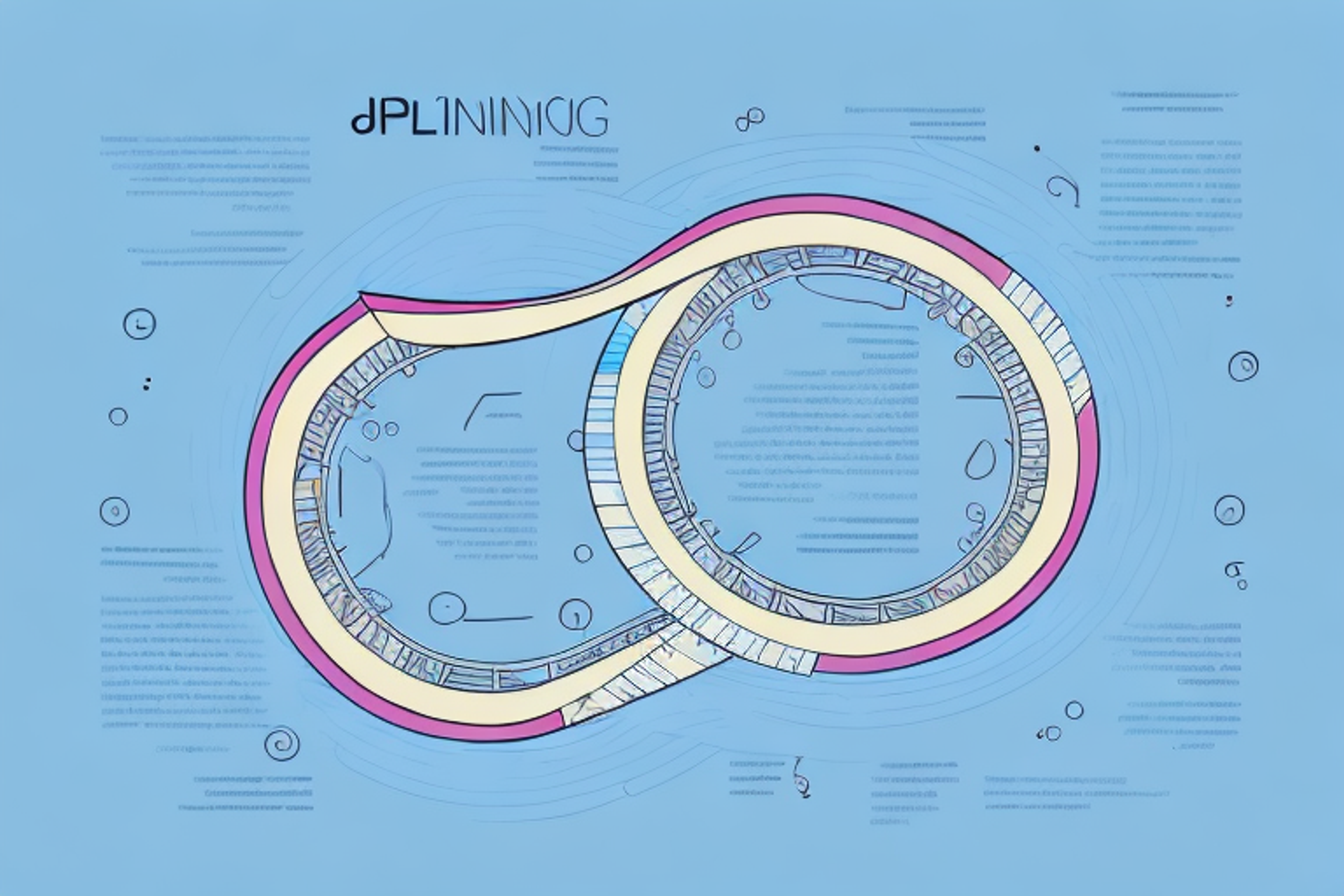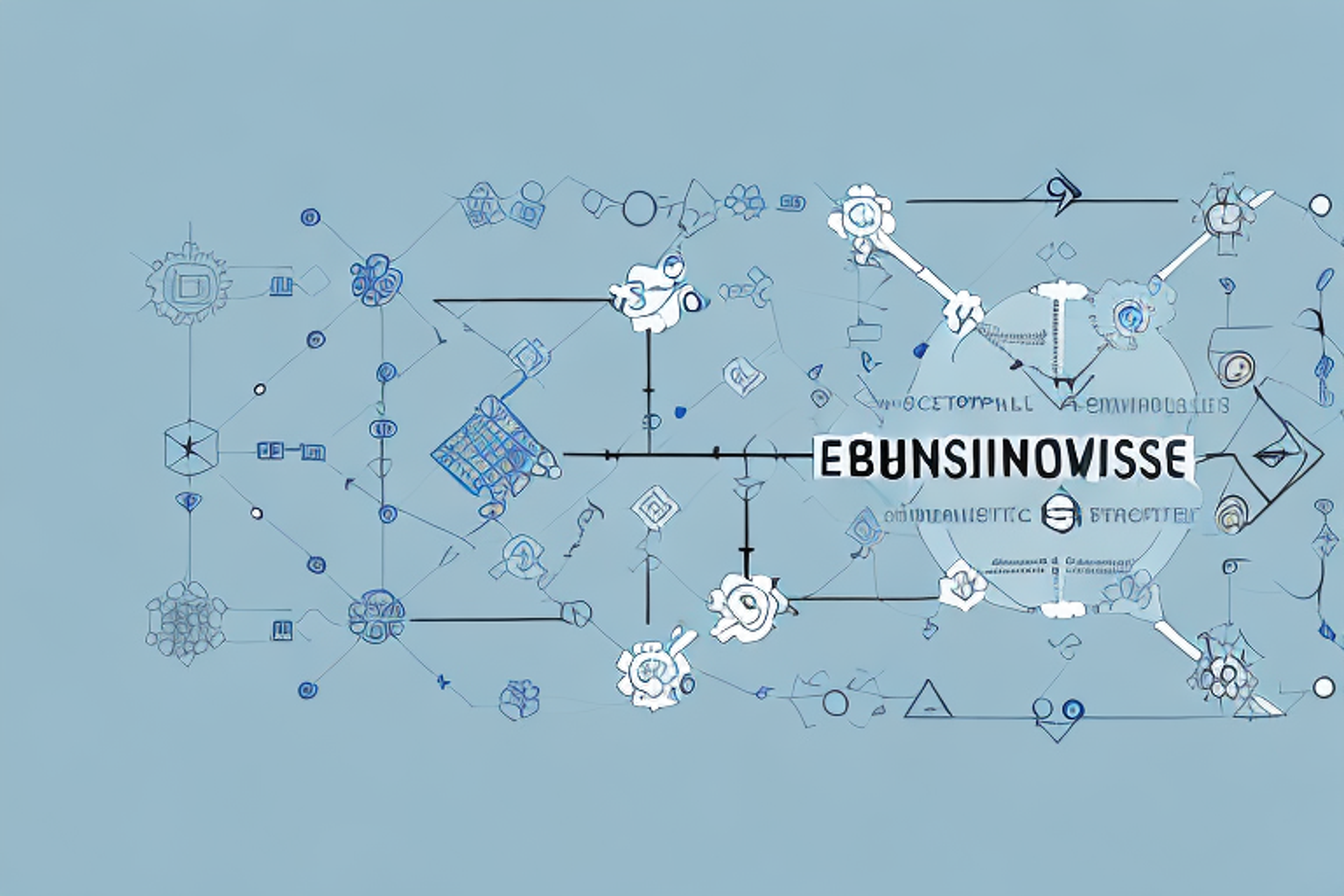The Market Sizing Case Framework: A Tool for Success
Discover the Market Sizing Case Framework, a powerful tool that can help you achieve success in your business.
Posted March 6, 2025

Table of Contents
The Market Sizing Case Framework is a tool that businesses can use to determine their market size, which is a crucial factor for success. This framework outlines the steps to be taken in analyzing a market to determine its size and potential for growth. Understanding the importance of market sizing enables companies to identify their target audience, evaluate their competition, and determine product demand. In this comprehensive guide, we will explore all aspects of the Market Sizing Case Framework, including its components, implementation process, challenges, benefits, and limitations.
Introduction to Market Sizing Case Framework
The Market Sizing Case Framework is a step-by-step process that assists businesses in estimating the size of their potential market. It involves collecting data to quantify market volume and potential growth, analyzing the competitive landscape, and evaluating the company's position in the market. By utilizing this framework, businesses can gain valuable insights into the market and devise strategies to increase market share.
The first step in the Market Sizing Case Framework is to define the market. This involves identifying the target audience and understanding their needs and preferences. Once the market is defined, the next step is to gather data on the market size, including the number of potential customers, the size of the market in terms of revenue, and the potential growth rate of the market.
After collecting data, the next step is to analyze the competitive landscape. This involves identifying competitors, their market share, and their strengths and weaknesses. By understanding the competition, businesses can identify opportunities to differentiate themselves and gain a competitive advantage. Finally, the last step is to evaluate the company's position in the market and develop strategies to increase market share.
Understanding the Importance of Market Sizing
Market sizing is the process of determining the size and potential of a target market. It enables businesses to understand their customers' needs and wants, identify key players in the market, and assess the potential demand for their product or service. Market sizing allows companies to allocate their resources efficiently, establish achievable growth goals, and make informed business decisions. It is, therefore, a critical factor in achieving business success.
One of the key benefits of market sizing is that it helps businesses to identify new opportunities for growth. By analyzing the size and potential of different market segments, companies can identify areas where they can expand their product or service offerings. This can help them to diversify their revenue streams and reduce their reliance on a single product or market.
Another important aspect of market sizing is that it helps businesses to understand their competition. By analyzing the size and potential of different market segments, companies can identify their key competitors and assess their strengths and weaknesses. This can help them to develop effective marketing strategies and differentiate themselves from their competitors in the market.
The Components of Market Sizing Case Framework
The Market Sizing Case Framework involves three main components: Market Volume Estimation, Product Demand Assessment, and Market Growth Forecasting.
Market sizing is a crucial aspect of any business strategy. It helps businesses to identify the potential market size and growth rate, which in turn helps them to make informed decisions about their products and services. The Market Sizing Case Framework is a widely used tool that helps businesses to estimate the size and growth potential of their target market.
One of the key benefits of using the Market Sizing Case Framework is that it helps businesses to identify potential opportunities and threats in the market. By analyzing the market volume, product demand, and growth potential, businesses can identify areas where they can expand their operations and areas where they need to be cautious.
Step-by-Step Guide to Implementing the Framework
The Market Sizing Case Framework can be implemented in the following steps:
It is important to note that the Market Sizing Case Framework is not a one-time process. It should be regularly reviewed and updated to reflect changes in the market and the company's position. This ensures that the company remains competitive and can adapt to changes in the market environment.
Common Challenges in Using the Framework and How to Overcome Them
Implementing the Market Sizing Case Framework is not without its challenges. These may include lack of accurate data, difficulty in analyzing data, difficulty in forecasting growth rates, or lack of expertise in data analysis. However, these challenges can be overcome by utilizing a logical and rigorous approach, collecting different data sources, utilizing analytical software and seeking expert help when needed, among other strategies.
Another common challenge in using the Market Sizing Case Framework is the lack of understanding of the market dynamics and trends. It is important to conduct thorough research on the market, including its size, growth rate, competition, and customer behavior. This can be achieved by conducting surveys, interviews, and focus groups, as well as analyzing industry reports and publications. By gaining a deeper understanding of the market, it becomes easier to identify potential opportunities and threats, and to make informed decisions based on the data.
Examples of Successful Implementation of the Market Sizing Case Framework
Several businesses have successfully utilized the Market Sizing Case Framework to achieve success. One example is Tesla, which utilized the framework to quantify the potential demand for electric cars, identify key competitors, and establish production goals. Another example is Netflix, which used the framework to establish the potential market size for streaming services and develop a strategy to increase market share. These businesses' success demonstrates the effectiveness of the framework in achieving business goals and objectives.
Another example of a business that has successfully implemented the Market Sizing Case Framework is Airbnb. The company used the framework to identify the potential demand for short-term rentals and determine the size of the market. This allowed them to develop a strategy to target specific customer segments and expand their business globally. Airbnb's success in utilizing the framework highlights the importance of market research and analysis in achieving business success.
Advantages and Limitations of the Market Sizing Case Framework
The Market Sizing Case Framework has several advantages, including allowing businesses to estimate the overall potential volume of the target market, assess demand for the product or service, and evaluate the competitive landscape. However, the framework has its limitations, including the need for accurate and reliable data, difficulty in forecasting growth rates, and its dependence on external factors such as technological advancements and changes in consumer behavior.
Despite its limitations, the Market Sizing Case Framework remains a valuable tool for businesses looking to enter new markets or launch new products. By providing a clear understanding of the market size and potential demand, businesses can make informed decisions about their investments and strategies. Additionally, the framework can be adapted to suit different industries and markets, making it a versatile tool for businesses of all sizes and types.
Comparison with Other Similar Tools and Techniques
Other tools and techniques used in market research and analysis include the Porter's Five Forces Framework, SWOT Analysis, PESTLE Analysis, and Value Chain Analysis. Each of these frameworks has its strengths and weaknesses, and the choice of framework depends on the specific business needs and goals. However, the Market Sizing Case Framework is particularly effective in determining the overall market size, estimating potential demand and growth rates, and analyzing the competitive landscape.
The Porter's Five Forces Framework is a widely used tool for analyzing the competitive forces in an industry. It helps businesses to understand the bargaining power of suppliers and buyers, the threat of new entrants, the threat of substitutes, and the intensity of competitive rivalry. However, it does not provide a comprehensive view of the market size and potential demand.
On the other hand, SWOT Analysis is a simple yet effective tool for identifying the strengths, weaknesses, opportunities, and threats of a business. It helps businesses to understand their internal capabilities and external environment. However, it does not provide a detailed analysis of the market size and growth potential.
Best Practices for Using the Market Sizing Case Framework
Best practices for implementing the Market Sizing Case Framework include utilizing multiple data sources, analyzing data rigorously, seeking expert help when necessary, forecasting growth rates realistically, and identifying and mitigating risks.
Tips for Effective Data Collection and Analysis in the Process
Effective data collection and analysis are crucial to the success of the Market Sizing Case Framework. Tips for effective data collection and analysis include defining the research objectives and questions, selecting the appropriate data collection method, analyzing the data rigorously, validating the results, and utilizing analytical software when necessary.
Real-life Case Studies Demonstrating the Benefits of Using this Framework
Several businesses have achieved success through the effective utilization of the Market Sizing Case Framework. Some of these include Tesla and Netflix, as mentioned earlier. Other companies that have used the framework effectively include Amazon, Google, and Apple. These businesses' success demonstrates the effectiveness of the framework in achieving business success.
Conclusion: Why the Market Sizing Case Framework is Essential for Business Success
The Market Sizing Case Framework is an essential tool for businesses that seek to understand their target market, assess potential demand, and evaluate the competitive landscape. Through effective implementation of the framework, businesses can make informed business decisions, allocate their resources efficiently, establish achievable growth goals, and ultimately achieve business success. However, the framework has its limitations, and businesses must consider these when implementing the framework. Overall, the Market Sizing Case Framework is an invaluable tool in achieving business success in today's competitive business environment.


















